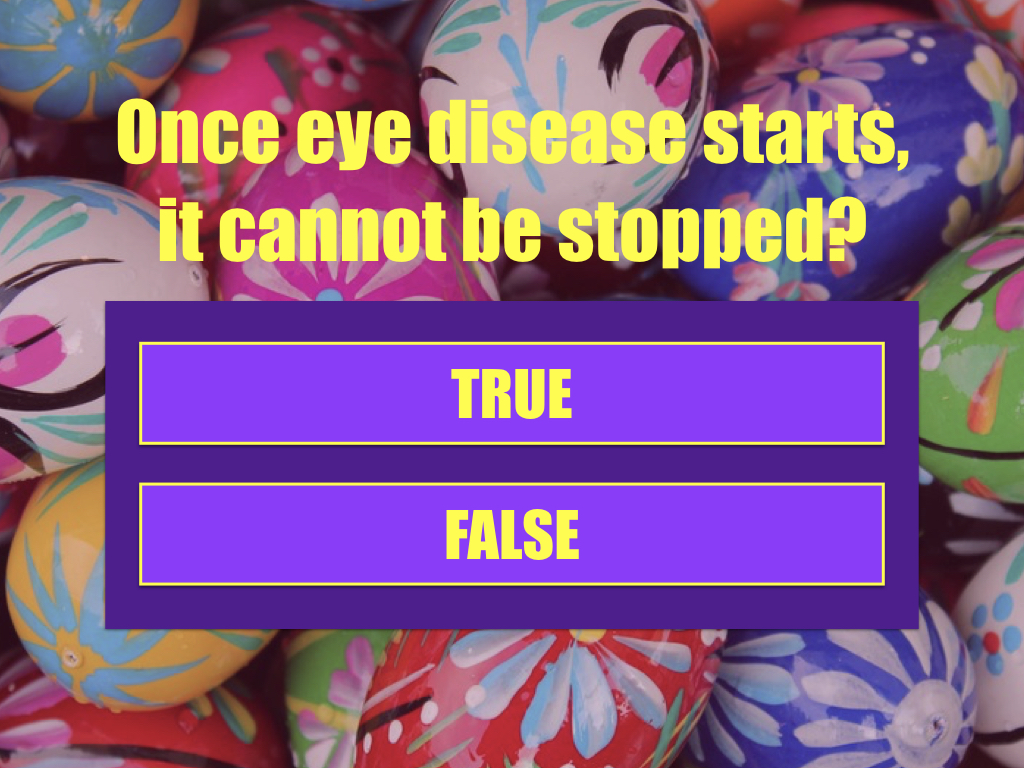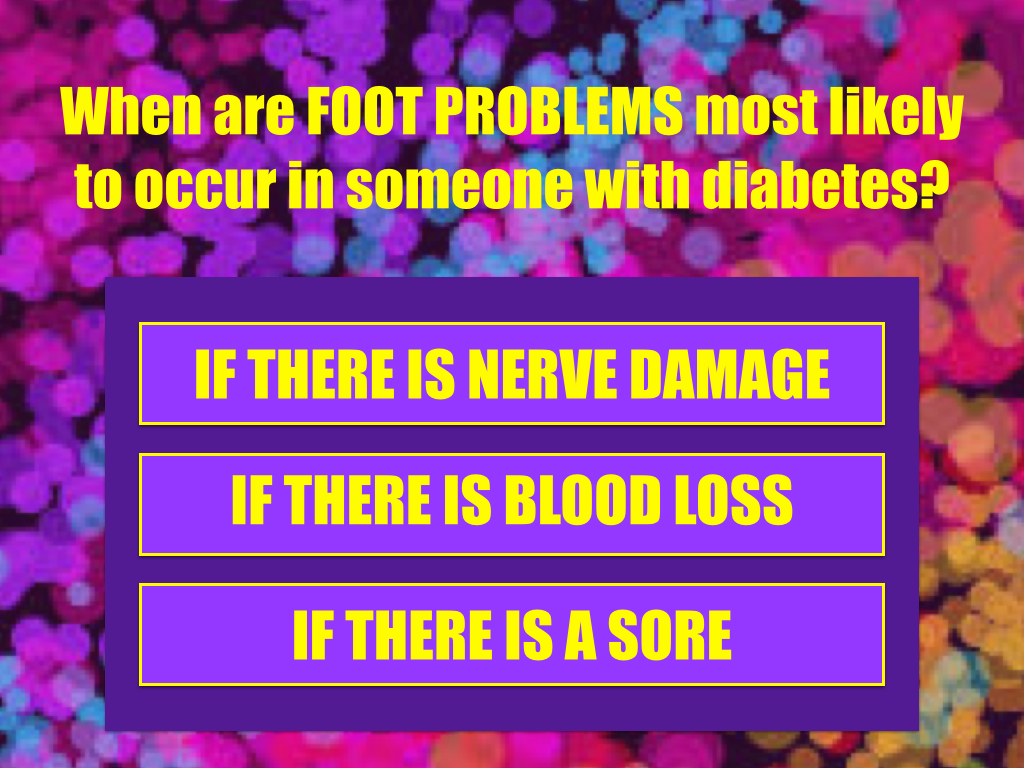Can you complete the Tina Turner-inspired Divabetic Mystery Phrase below? Diabetes self-care can be emotionally taxing, but reframing your mind-set can have powerful results.

Self-help books often promote the power of positive affirmations. If you’ve never tried them before, the idea can seem incredibly awkward to tell yourself how awesome you are.
Positive affirmations help to re-program your thought patterns and change the way you think and feel about things. They are short positive statements that can help you focus on goals, get rid of negative, self-defeating beliefs and program your subconscious mind.
And yes, there is genuine theory and a fair amount of neuroscience behind this practice.
If you’re struggling to cope with your diabetes diagnosis: try repeating positive affirmations to yourself each morning to steer your mood in the right direction. This way of thinking can be helpful when the mental burden of diabetes management gets tough.

Your constant worrying of what you’re not doing and/or how much more you could and should be doing for your diabetes wellness doesn’t feel empowering, because it isn’t. That inner talk isn’t true or real.
Putting yourself down at every chance you get doesn’t draw you closer to what you want to create in your life, nor does it help your diabetes health.
Start believing in yourself and believing deeply—on every level—that you are doing your best.
We think you’re fabulous!

Tell us how we’re doing. Take our quick Divabetic Podcast Listener Survey to help us identify the topics that matter to you most.

Diabetes advocate turned reluctant amateur sleuth, Mr. Divabetic finally takes the plunge and ventures into a new career as a healthy caterer on Divabetic’s Mystery Podcast, ‘Gypsies, Tramps & Peas.’
With the help of his co-workers and nosy Italian mother, he heads for Coney Island to cater his first party aboard a yacht for his former swim coach, Ted Rockow. But his nautical soiree quickly capsizes when the guest of honor is found swimming with the fishes. What it an accident or foul play? Now Mr. Divabetic’s grilling Burlesque dancers, a lifeguard lothario and some sequined mermaids, all intent on keeping their secrets buried deep within the sand. Can Mr. Divabetic prove Coach’s death was a murder, not an accident? Or will he end up floating out to sea?
Will he sink or swim? Tune in to find out if he can solve the murder of his former swim coach with the help of his friends, some sassy mermaids and a cooky fortune teller. Along the way to revealing the identity of the murderer he uncovers expert tips for diabetes self-care during the Summer months.
USA Today Best-Selling Author, Tonya Kappes, Asha Brown, Catherine Schuller, Chef Robert Lewis aka ‘The Happy Diabetic’, Seveda Williams, Patricia Addie-Gentle RN, CDE, MaryAnn Horst Nicolay, Mama Rose Marie and Poet Lorraine Brooks help the fruit suit clad sleuth in this seaside adventure.
This year’s mystery podcast features music from the original cast recording of ‘Gypsy’ courtesy of SONY Music.

































